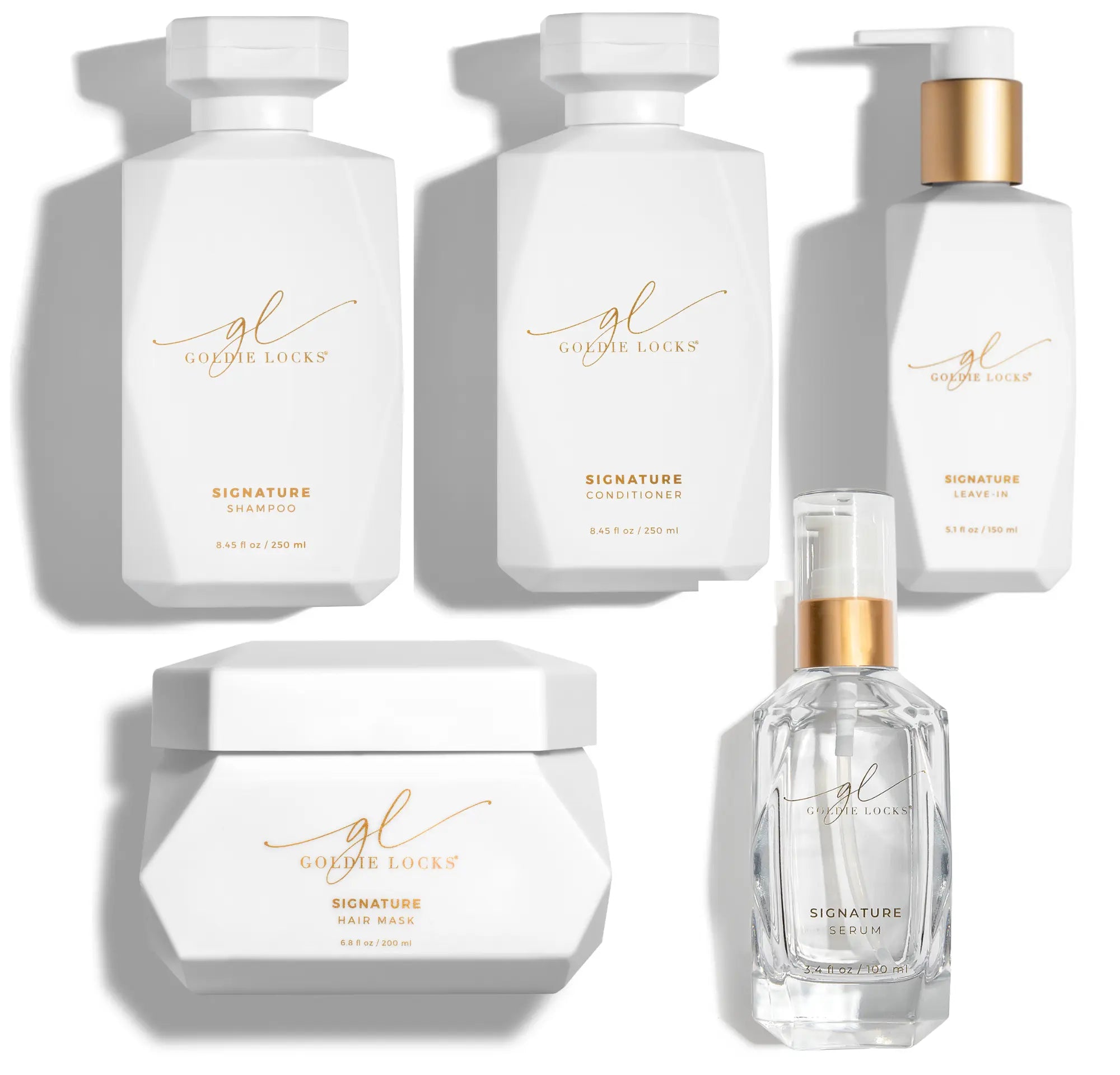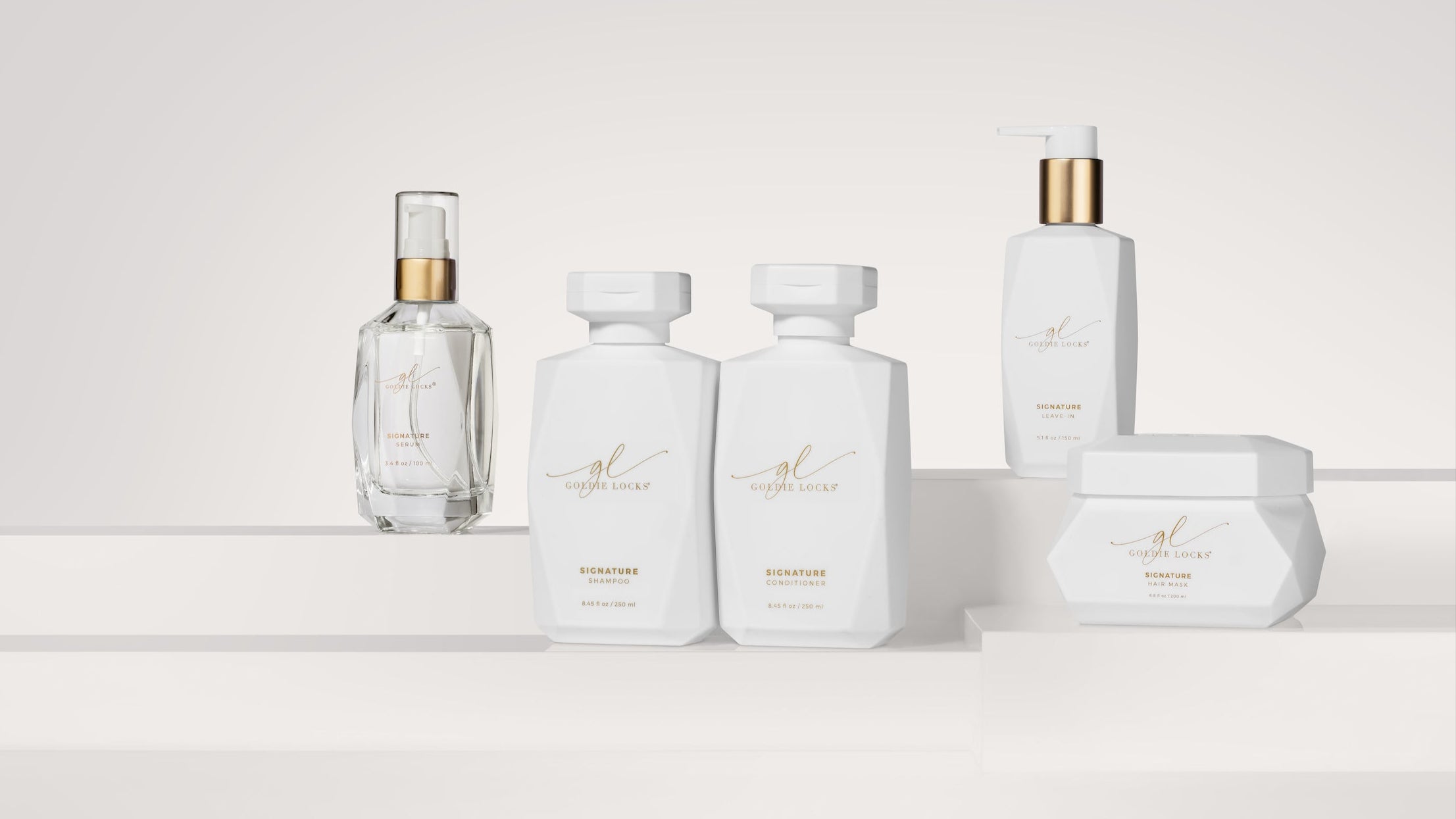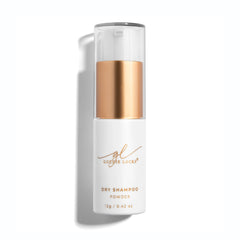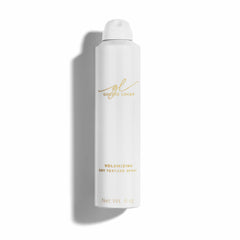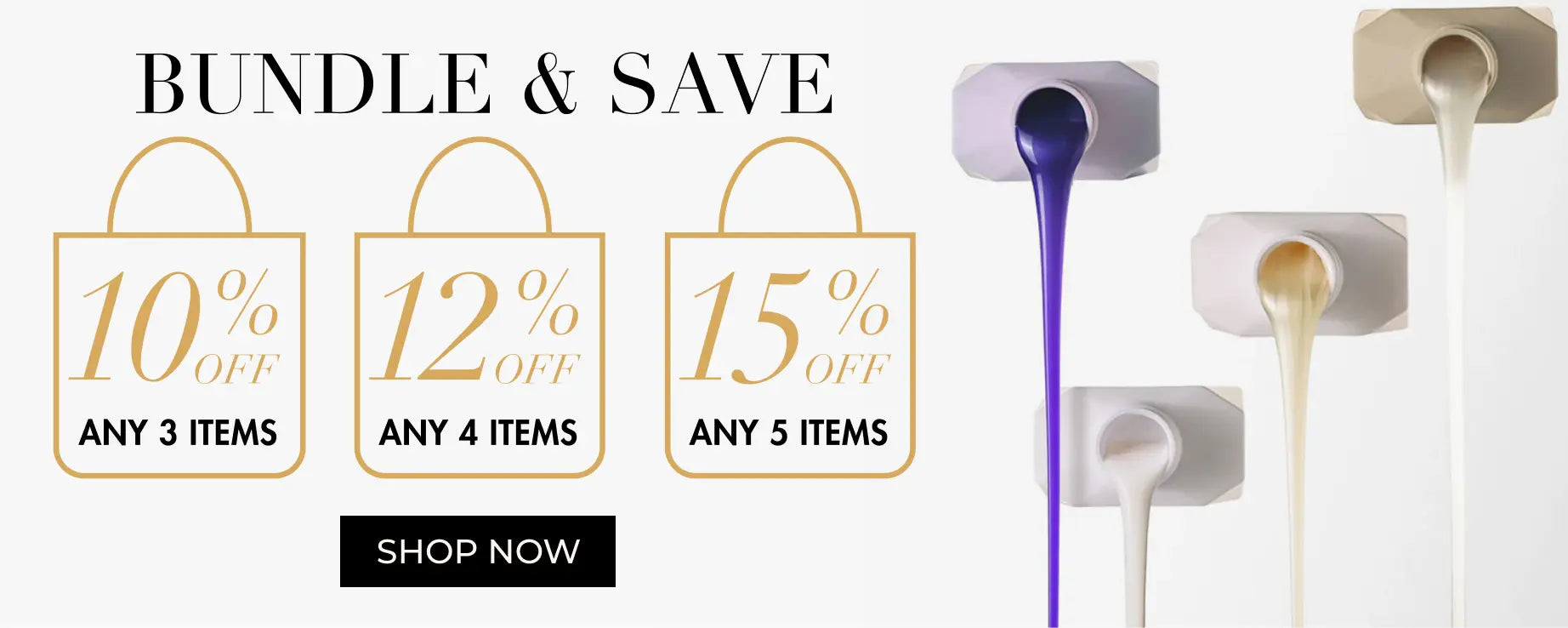Not all signs of hair damage are visible, but recognizing them early can make all the difference.
Understanding what your hair is telling you is the first step toward protecting its strength, beauty, and integrity over time.
Daily habits like brushing, heat styling, or time in the sun may seem harmless, but they can quietly compromise the health of your hair long before obvious damage appears.
The good news? With a trained eye and the right care, you can catch damage early, interrupt the cycle, and begin the journey back to healthier, more resilient hair.
Index
Expert Insight:
“My go-to test is simple but tells me a lot. I look at the ends and feel the overall integrity of the hair. Does it feel dry or brittle? Does it skip or snag when I run my fingers through it? Does it feel coated, like there’s product buildup sitting on the strand?
And I also look at the color, does it have an odd or uneven tone that doesn’t quite match the rest? All of these are signs that the hair might be compromised and in need of some extra care.” - Erin Caltabiano
What Does Damaged Hair Look Like?

When your hair shows signs of damage, thoughtful care can make all the difference.
Understanding what your strands need starts with recognizing the signals. Here are six key signs that it’s time to introduce targeted treatments into your hair care routine:
-
Your Hair Is Dry or Brittle
One of the earliest and most common signs of damage is a dry, straw-like texture. Whether from heat, lightening, or simply genetics, moisture loss leaves strands dull, fragile, and difficult to manage. -
Your Hair Gets Tangled Easily
Some knots are normal, especially post-wash. But if detangling becomes a daily struggle, your hair may be lacking essential nourishment. Damaged, fine, or frizzy strands are more prone to tangling and need extra care to prevent breakage. -
Your Hair Is Dull or Brassy
When the cuticle is compromised, hair loses its natural luster. Environmental stressors, like pollution, UV rays, hard water, or product buildup, can strip away shine and leave hair looking flat or uneven in tone. -
Your Hair Is Frizzy
Frizz is more than a styling concern; it's often a sign that the hair cuticle isn’t sealing properly, leaving inner fibers exposed to moisture loss and external stress. Smoother strands start with restored structure. -
Your Hair Has Split Ends
Damage often shows itself near the mid-lengths and ends, where hair is most vulnerable. If you're noticing visible split ends or thinning, it’s time to focus on repair and regular trims to restore strength and shape. -
Your Hair is Breaking or Shedding
Some shedding is normal, but if you’re seeing excessive strands on your brush or signs of breakage after styling, it could be the result of heat or chemical stress. While you can’t reverse breakage, you can protect and fortify fragile strands moving forward.
How Does Your Hair Feel When It's Damaged?

Damaged hair often reveals itself through texture. It may feel dry, brittle, or straw-like, lacking the softness and moisture that healthy strands naturally hold. Instead of gliding smoothly between your fingers, it feels rough and coarse to the touch.
You might also notice a loss of elasticity. Healthy hair has some natural stretch, but damaged strands tend to snap under tension, especially during styling.
This fragility makes breakage more likely during brushing or combing, a clear sign that your hair is in need of gentle handling, deeper hydration, and targeted repair.
How to Know If Your Hair Is Heat Damaged

Heat damage often reveals itself through subtle shifts in your hair’s natural texture. Curls that no longer bounce back or waves that fall flat can be early signs that your strands have been overexposed to high temperatures.
You may also notice increased brittleness or dryness, especially after using flat irons, curling tools, or blow dryers. In some cases, the hair takes on a rough or uneven texture that wasn’t there before.
Styling tools that reach temperatures above 300°F can begin to compromise the hair’s structure, so heat protection is essential.
Using a heat protectant spray, keeping tools on lower settings, and limiting heat exposure altogether can go a long way in preserving your hair’s health and integrity.
Can Damaged Hair Be Repaired?

While you can’t fully undo existing damage, you can restore the look, feel, and strength of your hair with thoughtful, consistent care.
- Deep-conditioning treatments replenish lost moisture and restore softness.
- Hair supplements support repair from within, strengthening strands over time.
- Limiting heat styling protects fragile hair from further stress.
- Regular trims help prevent split ends from traveling up the hair shaft.
- Scalp care is essential, as it lays the foundation for healthy hair growth.
Explore Goldie Locks® Dry Hair Products meticulously crafted to reduce frizz, boost hydration, and bring your hair back to life.
Expert Insight:
“One routine I always, always, always recommend is using the Goldie Locks® Clarifying Shampoo followed by the Goldie Locks® Signature Hair Mask. The clarifier removes buildup so your hair can actually receive hydration, and the mask works to seal that hydration in with rich moisture.
I also suggest getting a steamer at home. The steam infuses the hair with water (which is true hydration), and when paired with the mask, it seals with moisture to create the perfect combo for restoring softness, strength, and shine.” - Erin Caltabiano
Final Thoughts
Damaged hair is more common than you think, and with the right care, it’s absolutely treatable.
By recognizing the signs early and committing to a thoughtful, consistent routine, you can restore strength, shine, and resilience to your hair.
Your healthiest hair is possible. Begin the journey today with Goldie Locks®, where every strand is treated with intention.


